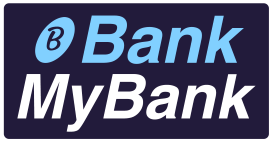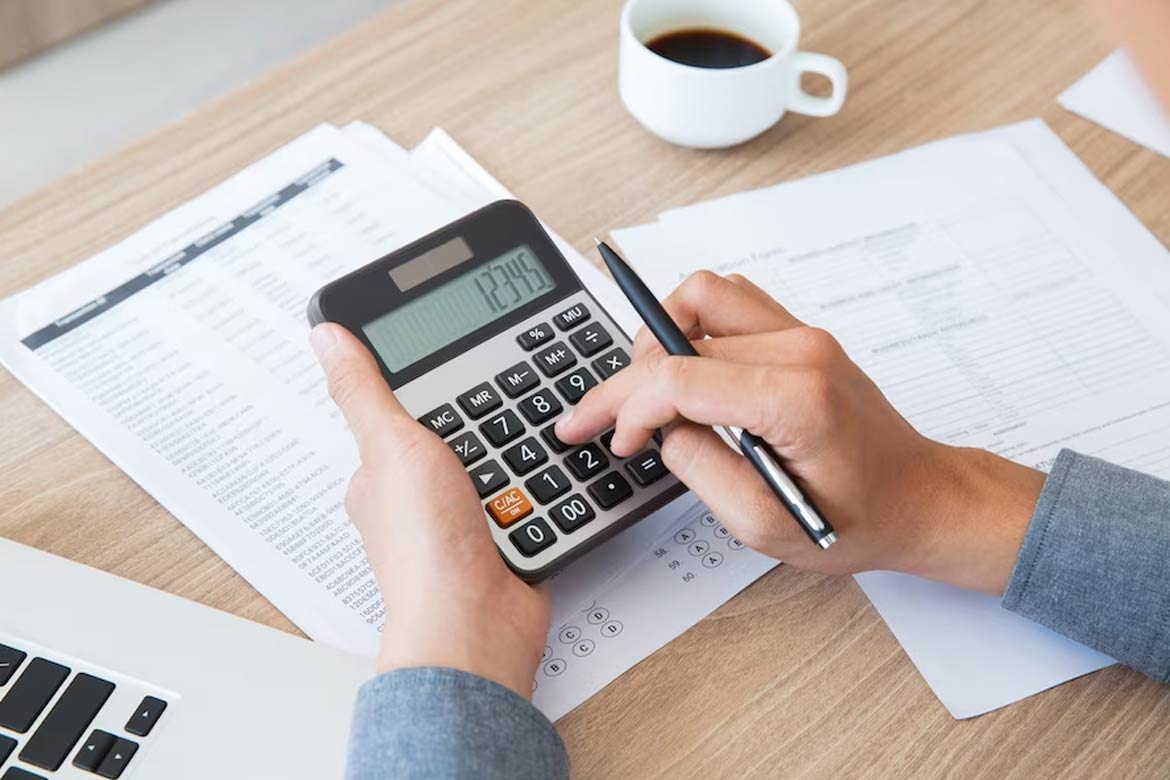The activity on your account over a specific time period—typically one month—is summarised in a bank statement, an official document. Every transaction—both incoming and outgoing—is documented, allowing you to know exactly what occurred to your money during that time frame. Bank statements are an essential tool for account holders to track their finances, examine their spending habits, and spot possibly fraudulent behavior or payment issues. How are bank statements made?
Each transaction you make is documented by your bank. A bank statement is then produced by compiling these records. Statements typically include your incoming salaries or payments, any transfers or deposits, and cash withdrawals over the course of a month. They also offer a starting and ending balance so you can see exactly where your money is at the end of the month compared to the beginning.
What details are included on a bank statement?
Your account number, the bank branch provider, your full name, your home address, and the start and finish dates of the statement are typically located at the top of the statement. The complete list of transactions that occurred during the period covered by the statement is found next; this includes both payments that were made into and payments that were made out of your accounts. Each transaction includes the date it was processed as well as possibly some information about the recipient or sender of the money.
Read More: How to Choose a Bank
How to get access to your bank statements
In the past, consumers received bank statements through the mail, which occasionally came with a small service charge. Electronic statements are now used more frequently because the majority of banks have a digital presence.
Your financial information is securely saved, and e-statements offer a quick way to view your account activities without the clumsy paperwork. Some banks let you examine your statements directly through your online account or mobile app, or you can choose to get emails with them attached.
Utilizing bank statements as legal documentation
As formal documentation for verification, bank statements can also be used. Your bank statement is a useful source of information to confirm your identity and provide evidence of your income, for instance, if you ever need to apply for a personal loan.
In case you ever need to refer to your financial records, it is always a good idea to maintain copies of your bank statements. Never fear if you can’t find them. At goodness, your bank is required by law to keep your statements for at least five years.
Using bank statements to establish savings objectives
A fantastic technique to find areas where you may save costs is to use your bank statement to evaluate your spending patterns. You can see where you could stand to cut back or adjust your spending patterns by taking a complete look at your spending.
Read More: History’s five captains with the most ICC trophies
Checking for fraud on bank statements
Yet as technology has developed, it has gotten simpler for fraudsters to make false bank statements that look real. An applicant’s income and financial stability may be fabricated using these fictitious bank statements, giving the impression that they are more creditworthy than they actually are.
For lenders and consumers alike, using phoney bank statements in loan applications can have dire repercussions. False claims can be used to exaggerate earnings, conceal debts, or portray the borrower’s financial status as better than it actually is. This might result in creditors giving credit to those who can’t truly pay back the debt. Furthermore, if lenders don’t thoroughly check the data on a phoney bank statement, they risk legal repercussions.
All paper records should be kept in a secure location in your home that is out of the way and out of harm’s way to prevent destruction or theft. Be cautious about backup and archiving all electronic records that are digital. It makes sense to password-protect these documents.
securing your bank statements
- Safeguard your passbooks, checkbooks, and ATM cards.
- Often change the passwords for your banking and card applications. It does not take long.
- Keep your bank updated with your phone number and email address. Your bank keeps you informed of any account activity.
- Use online transaction platforms responsibly at all times. It is a wise decision to conduct business exclusively through reputable online platforms.
- Update your passbook as necessary.
- To be informed about the balance and activity in each of your accounts, use the M Passbook application from our bank.
- Keep your debit and credit cards to yourself.
- Don’t give anyone your personal information, including your debit card data, PIN, CVV, OTP, card expiration date, and UPI pin, through phone, email, or SMS, even if they are posing as bank representatives. Your bank never asks customers for such information.
- Don’t click on unfamiliar links that are provided to you by SMS or email.
- Installing software that enables remote control of your laptop or mobile device is not recommended.
- Fraudsters may approach you with enticing promises like lottery tickets, free loans, KYC updates over the phone, COVID-19 vaccinations, and other things in order to obtain your account or card information. Don’t provide any information to them. Your bank account information is not needed for such things.
- Don’t save your password in your phone’s contact list. Sometimes, the convenience it offers is more expensive than the product’s cost.





